What Are Microplastics?
Microplastics are any form of plastic under 5mm long. These plastics are often a co-product or byproduct of other larger plastics or compounds. They end up in rivers, oceans, and humans.
We end up eating, inhaling, and using them ubiquitously. Sea animals end up eating them, which in turn end up in our environment. The plastics often come bundled with other harmful chemicals which leech into our food and water, creating other human health problems: cancers, hormone disruptions, and other illnesses.
After washing my face one day with a scrubbing agent, I realized that I was completely unaware of the abrasive particles used to “scrub” my face. After doing some research, I was happy to see that the USA and Canada are one of the FEW countries to have banned the use of microplastics in rinse-off cosmetics, but I realized that is only the start of a solution.
Microplastics are creating a huge mess for our world. Microplastics are still allowed in many of the products we use each day. Some of the worst contributors to the microplastic mess come from larger sources of plastic that break down through use, UV Rays, and transport.
We are all part of the problem. But it doesn’t stop there, we can also choose to be a part of the solutions as well.
Here are the top 11 rules to Address the Modern Microplastic Mess:
1. Learn to Identify Them
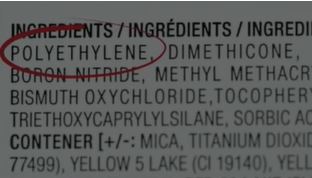
Let’s start with labels. On products that require a label, these particles will often be under the name: polypropylene, polyethylene, or many other compounds using the prefix “poly”.[1] Many face-washes still use these products in countries that have yet to ban microplastic use. Cosmetics that are non-rinse-off, such as bronzer, lipsticks, eye-shadows, and moisturizers, can still contain microplastics in the USA. The shiny particles are often microscopic but still add to dire problems for the health of our waters and the health of humans and animals.
Be wary of cleaning products with grit. [2] These products often do not require a label, and so it is difficult to identify the microplastic within them. Stick to brands that are earth-friendly and environmentally progressive.
2. Choose More Sustainable Fibers

Synthetic Fibers are the number one source of microplastic pollution in our waters. They make up 35% of the total microplastic problem.[3] Synthetic fibers are fibers often made from non-renewable fossil fuels such as acrylic, polyester, spandex, lycra, and more.
As we can see in the Statista chart below, synthetic fibers leech microplastics during the wash cycle. These plastics are often too small to filter out without the use of an additional fitted filter such as these:
Choosing natural fibers is the best solution. Organic cotton, hemp, linen, Tencel, Rayon, silk, and wool are all excellent examples of fibers that easily decompose and do not add to the microplastic mess that we find ourselves in today.
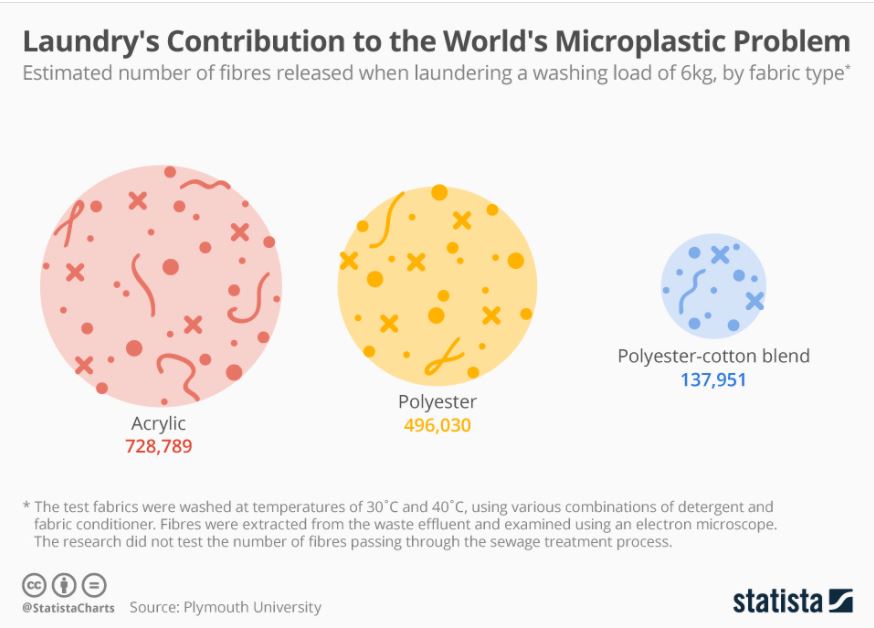
3. Wash Clothes on Cold/Skip the Dryer

The truth is we are still going to use synthetic fibers to some extent. Washing on cold and skipping the dryer is an easy way to avoid fibers from tearing loose of the garment. This easy practice minimizes microplastics from the largest contributor in our lakes, rivers, and oceans.
4. Mind Your Transport
I cringe when writing this recommendation because I know that our culture has become accustomed to driving where we want, when we want, and with our car. Besides the many problems that contribute to greenhouse gases from driving, microplastics from tire pollution are the next largest contributor. Tires are made from approximately 19% natural rubber, 24% synthetic polymers, and the rest is a mixture of filters and metals. [4] As we drive, the rubber from the tires breaks down and ends up in our environment and our waters. Currently, there is no known solution for tire microplastics debris, and so we must take it upon ourselves to choose carpool, bus, and bike solutions over individually driven cars.

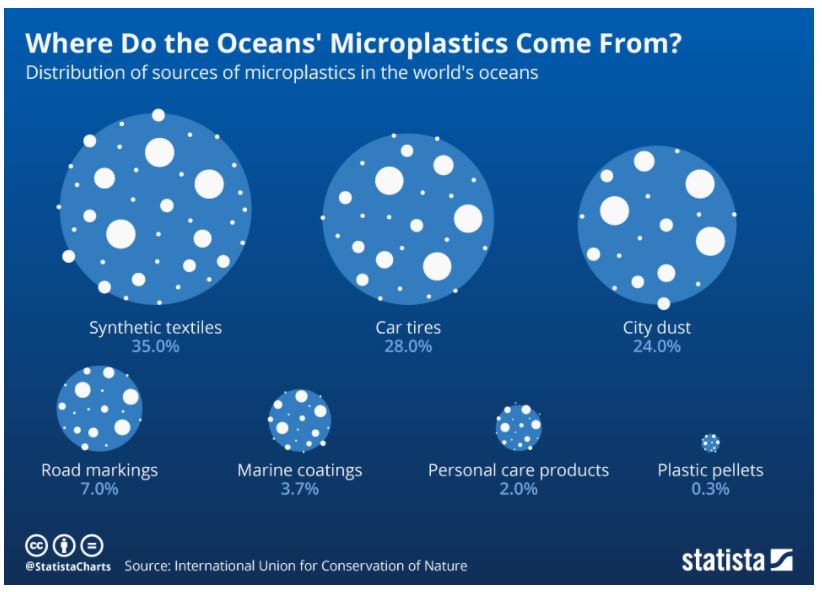
5. Choose Glass Instead of Plastic and Cans

Tomato sauce in a can or a glass jar? Plastic Tupperware or Glass Storage Container? Plastic Water Bottle or Glass Jar? Always choose glass. Unless otherwise labeled, cans have a plastic lining in them. The lining often sheds off particles into our food, and subsequently into our waters. The same goes for choosing to contain your food and drink in glass instead of plastic. Also, the manufacturing of cans, plastic containers, and bottles often has bi-products. During this process, plastics are also being washed away in our waters–too small to filter out. Disposing of these products also creates a microplastic problem as they break down into smaller bits of plastic.
6. Cut the Glitter
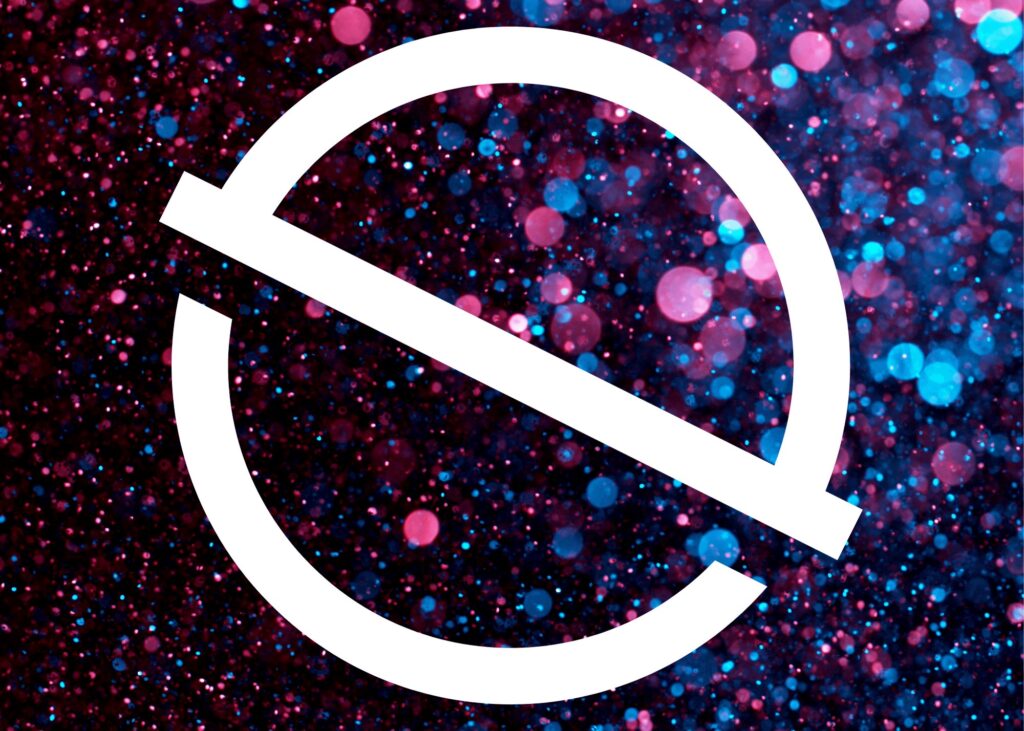
Just stop using glitter, period. Glitter is composed of tiny plastic particles that end up being washed away. This goes for crafting glitter, glitter glue, and glitter cosmetics. It is a problem not only for fish but also for plankton, seabirds, and shellfish. Small pieces of plastics end up in birds’ stomachs, causing them to die of starvation.
Safe glitter is made from mica, a rock found naturally in nature.
7. Use Natural Exfoliators
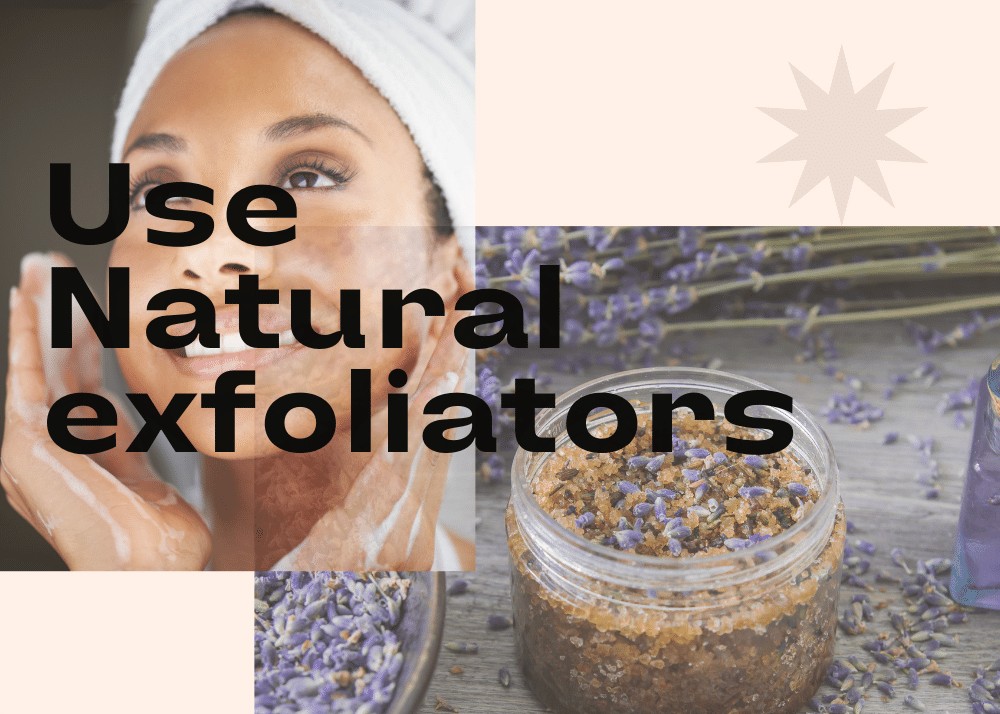
This is pertinent primarily for those primarily outside the USA, Canada, and other countries that have imposed a ban on poly-based microplastics in washable cosmetics. Although personal care products account for a small percentage of the overall microplastic contribution, we need to make changes where we can. Using oat, sugar scrubs, crushed walnut shells, or making your own exfoliator are better options than using a plastic-based product.
8. Use Less Salt
Until we can harness the microplastic problem in our oceans, salt from the sea contains plastics that we ingest. Using less salt is a double bonus. Needless to say that too much salt contributes to a decrease in heart health, salt is also poisoning us with microplastics. Microplastics have been found in 90% of the salt that we put on our table.
9. Use Filtered Tap Water
A better option for both your health and the planet. Plastic bottles contribute to microplastic pollution on a few fronts: manufacturing of the bottle, storing water in the bottle, and disposal of the bottle. Using a filter on your tap water is the best way to limit contamination to your body and our waters.
According to the Water Purification Guide Website, Reverse osmosis (RO) is the best method to remove microplastics from water because it employs a special mechanism of removal.
Use a metal or glass bottle for safer, easy transport.
10. Limit Seafood to Once Per Week

The microplastic problem is becoming so pervasive that it is near impossible to eat seafood without consuming microplastics. A group of Australian researchers has estimated that we could be eating up to 5g of plastic per week, about a credit card’s worth! Since we will already ingest plastics unknowingly in our salt, dust, and food packaging, limiting a known source of microplastic is a good idea. Bottom dwellers such as mussels, clams, and shrimp are the worst, but plastics have been found in all types of marine life.
11. Limit Plastic Sent to Landfill and try the Zero Waste Challenge
As a gesture to our planet, limit the amount of plastic sent to landfills. Try recycling when possible, or switching to non-disposable options. Much of the plastics end up in our environment, breaking down into micro components and contributing to the problem.
If you’re looking to reduce your waste in general, read about the Zero Waste Challenge and how you can improve your carbon footprint.
Additional References:
Rogers, Kara. “Microplastics”. Encyclopedia Britannica, 8 Sep. 2020, https://www.britannica.com/technology/microplastic. Accessed 16 July 2021.


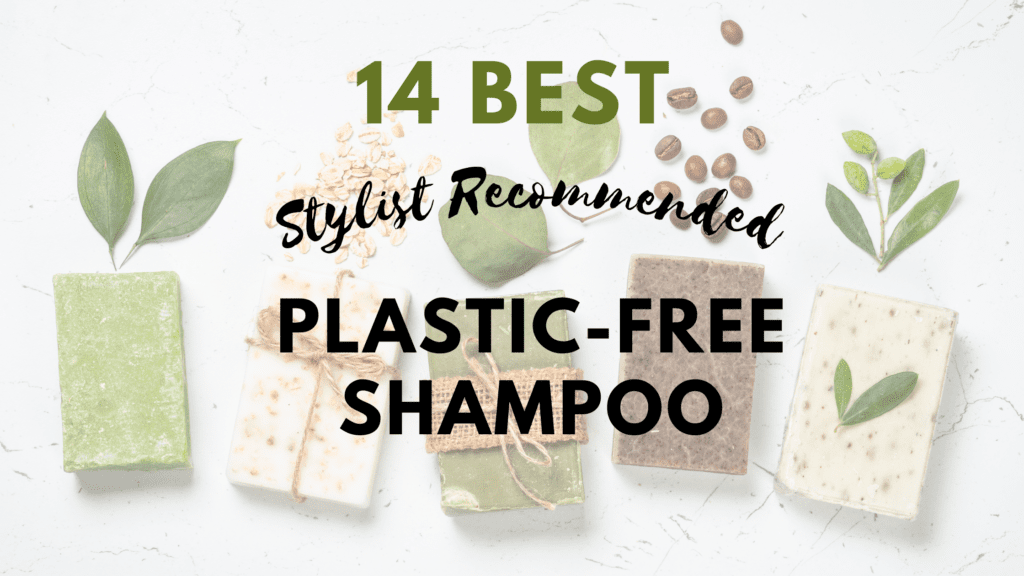





6 Responses
I use to use the plastic glitter for everything. Im glad I read this and will be thinking more about better options!
Eek! I did not realize my workout clothes were contributing to the microplastics problem. Vowing to invest in a clothes line next summer.
Great information, I try to walk often when going to my destination if its just a few kms away and yes we dont have drier 🙂
Eva, this is another very interesting and informative blog. It’s so eye opening to know that most of our clothes are made from a mixture of synthetic fibers such polyester. Long term use of microplastic can lead to health issues. The FDA is not looking out for us, so we have to start paying close attention to the product we use and the food we consume.
This is a great article. I knew plastic was bad for the environment but didn’t know just HOW BAD it was until recently. Thank you for sharing this, I’m so glad I’ve come across your site. You offer such fantastic information!!